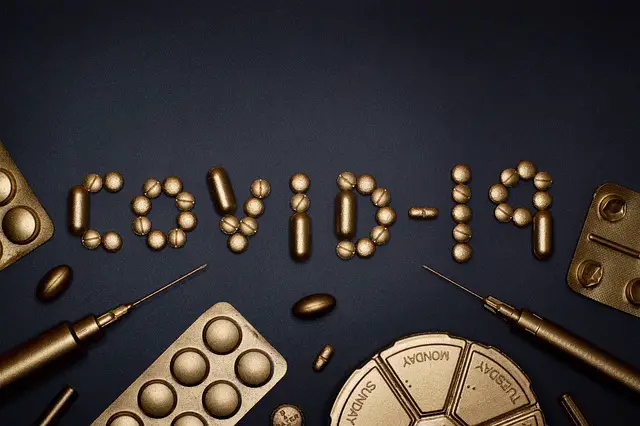Artwork courtesy of Pixabay Protect Yourself Against COVID with Exercise A recent review published in Current Sports Medicine Reports suggests...

Artwork courtesy of Pixabay Protect Yourself Against COVID with Exercise A recent review published in Current Sports Medicine Reports suggests...
